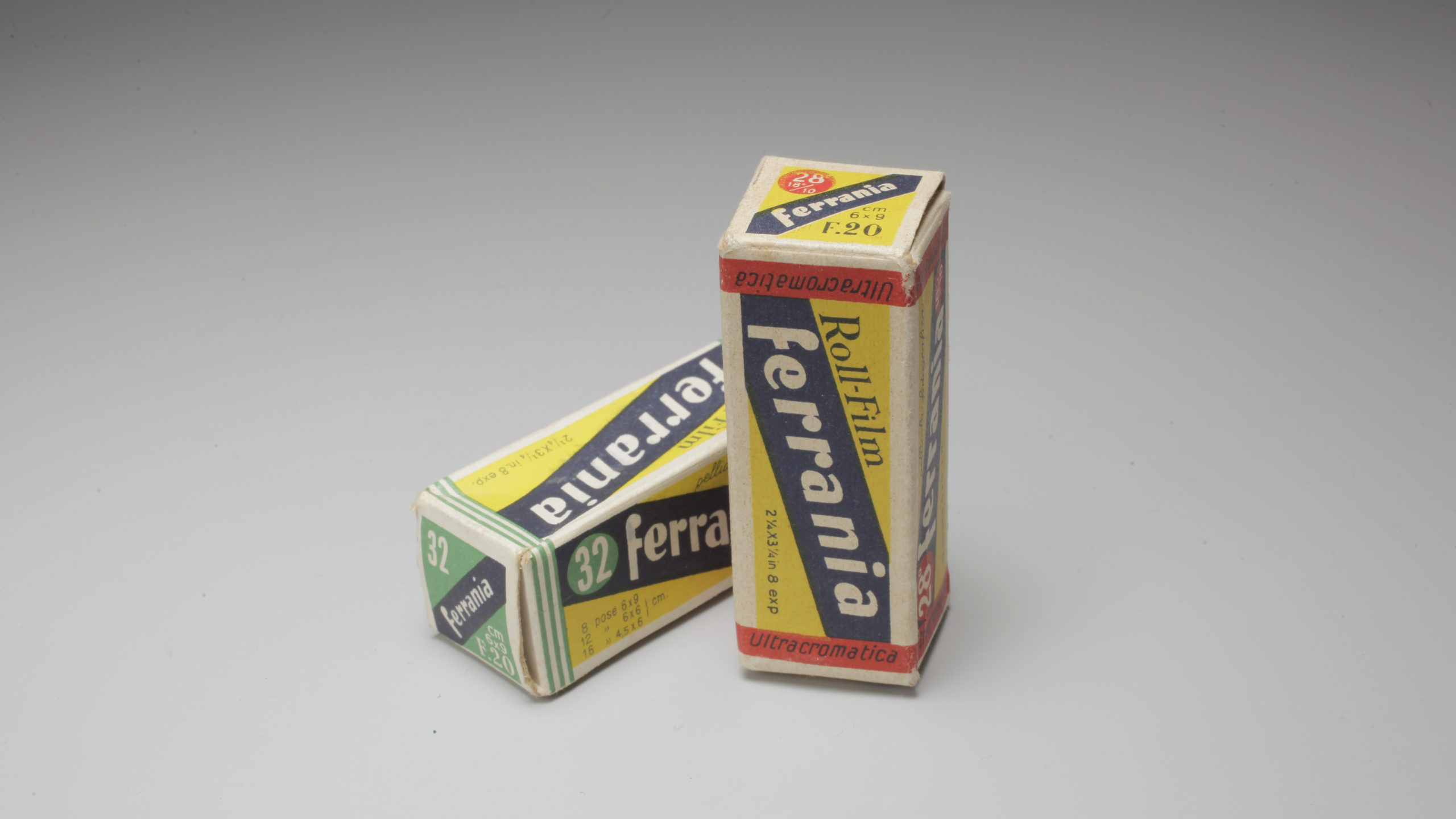Film
Film, or photographic film, is made of a gelatine emulsion containing silver grains, which are light-sensitive, applied to a flexible base. In black and white, it has only one layer of emulsion, and three in colour, respectively sensitive to blue, green and red.
From 1908, the first transparent bases made of highly inflammable nitrate cellulose were gradually replaced by a so-called “safety” film, made of cellulose acetate.
This film does not “see” all the colours of the spectrum, and is insensitive the red light, which appears as black in the picture. This spectral sensitivity was developed during the photographic colour research conducted particularly by Adolf Miethe and Arthur Traube. In the 1920s, this gave birth to the panchromatic film, which was sensitive to the whole visible spectrum.
The silver grain size determined the sensitivity of the film to light. The bigger the grains, the more sensitive the film, or the less it needs light to be exposed, and more the photography will be granular. Various sensitivity measurement scales appeared around the end of the 19th century and these became standardized in the 1930s with the DIN and ASA norms. Towards 1950, even greater sensitivity levels were proposed, such as the 1250 ASA, (today ISO) of the Royal X pan of Kodak, introduced in 1959.
The “natural” reproduction of colours has always come up against the highly subjective way these are perceived by everyone. Numerous surveys and studies have been conducted by manufacturers in the hope of being able to offer more suitable emulsions to everyone’s taste… even taking into account cultural and geographic aspects.


